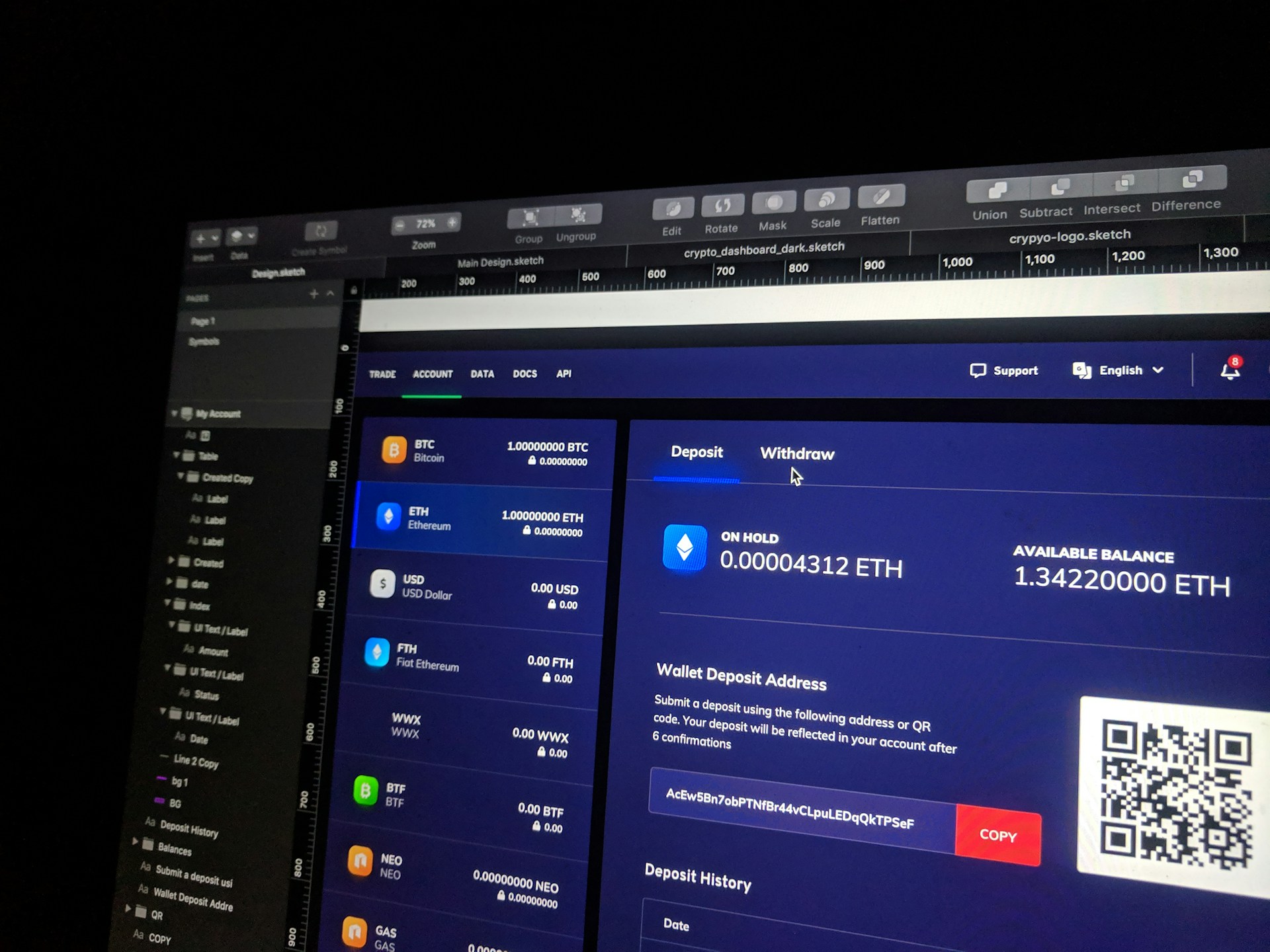Look, I’ve been doing this for over 15 years now, and I can tell you one thing for certain – web app architecture in 2025 is nothing like what we were building even 3 years ago. The whole game has changed.
You know what’s frustrating? I see these startups all the time, they come to us at Noukha with their “brilliant” ideas, and their architecture is… well, let’s just say it’s not great. They’re so focused on getting their product out there (which I get, by the way), but they completely ignore how their web app development services in coimbatore might need to handle thousands of users down the line.
Here’s the deal – and this might sound harsh – but most web applications die not because of bad ideas, but because of terrible architecture decisions made in the first few weeks of development.
Why Most Web Apps Crash and Burn (And It’s Not What You Think)
I remember this one client we had, a web application development company that shall remain nameless. They built this amazing SaaS tool. Great UI, solid features, users loved it. Then they hit about 5,000 concurrent users and everything just… stopped working.
The problem wasn’t their servers. Wasn’t their code quality either. It was their architecture. They had built everything assuming they’d never grow past their beta users.
And here’s the kicker – fixing architecture problems after you’ve got users? It’s like trying to change the engine of a car while driving down the highway. Possible? Maybe. Recommended? Absolutely not.
Speed matters more now than ever. Google’s been pretty clear about this – if your site takes forever to load, you’re not ranking well. Period. But here’s what most web app developers India don’t realize: speed isn’t just about the frontend anymore. It’s about how your entire system is designed.
Security? Don’t even get me started. One breach and you’re done. Your reputation, your business, everything. Gone.
The Real Deal on Modern Web Architecture
Microservices vs Monoliths: Stop Overthinking This
Okay, so everyone’s talking about microservices like they’re the holy grail of web development. And sure, companies like Netflix and Amazon use them. But you know what? You’re probably not Netflix.
I’ve seen too many companies jump straight into microservices because it sounds cool, then spend the next six months just trying to get different services to talk to each other properly. It’s madness.
Here’s my take after working with dozens of web application company USA clients: start with a monolith. A well-designed monolith. Get your product working, get users, figure out what you’re actually building. Then, when you have real problems that microservices solve, make the switch.
But – and this is important – design your monolith like it might become microservices later. Keep your concerns separated. Don’t let everything talk to everything else.
When should you switch? When you’ve got multiple teams stepping on each other’s toes. When deployments become a nightmare because one small change affects everything. When different parts of your app need to scale differently.
Not when some blog post tells you microservices are “better.”
APIs: Your App’s Nervous System
Every successful web app firm in India & US I’ve worked with gets this right – they treat their APIs like a product, not an afterthought.
I learned this the hard way years ago. Built this web app, everything was tightly coupled, frontend talking directly to database functions. Worked great… until the client wanted a mobile app. Then another integration. Then… well, you get the picture.
Now I always design API-first. Always.
What does that mean practically?
Document everything. Use something like OpenAPI specs. Version your APIs from day one (trust me on this). Design for the future, even if you don’t know what that future looks like yet.
And for the love of all that is holy, implement rate limiting and proper authentication from the start. I’ve seen too many companies get burned by not thinking about this stuff early enough.
Database Strategy: It’s Complicated
This is where a lot of SaaS web development projects go wrong. They pick a database – usually whatever they’re comfortable with – and try to make it do everything.
PostgreSQL for your main data. Great choice, rock solid. But then they try to use it for analytics, for caching, for full-text search, for real-time notifications…
Stop. Just stop.
Use the right tool for the job. Redis for caching and sessions. Elasticsearch if you need proper search (and I mean real search, not just “SELECT * WHERE name LIKE…”). Maybe BigQuery or Snowflake for analytics if you’re dealing with serious data volumes.
Yes, it’s more complex. Yes, it’s more moving parts. But you know what’s worse than complexity? A system that can’t handle your success.
Making Your App Actually Fast (Not Just “Fast Enough”)
Frontend Performance: Beyond the Usual Suspects
Everyone talks about code splitting and lazy loading. Which, fine, they matter. But you want to know what really makes web apps fast? Good architecture decisions.
CDN strategy that goes beyond just images and CSS. Service workers that actually make sense. Proper caching headers that don’t make you want to tear your hair out when you need to update something.
Here’s a trick most enterprise web app developers miss: optimize for the second visit, not the first. First-time visitors are already committed to waiting a bit. Return visitors expect everything to be instant.
Progressive loading is huge too. Don’t wait for everything to load before showing anything. Load what users need first, then fill in the rest.
Backend: Where Speed Really Lives or Dies
Frontend optimization is flashy. Backend optimization is where you actually win or lose.
Database queries. This is where most performance problems live. N+1 queries will kill your app faster than anything else. Learn to use proper joins. Learn to use EXPLAIN. Actually look at what queries your ORM is generating.
Connection pooling. Caching at multiple layers. Proper logging that doesn’t slow everything down (yes, this is a real problem).
And please, for the love of all that is good in this world, learn to use database indexes properly. I can’t tell you how many “slow database” problems I’ve fixed with a single well-placed index.
Scaling: When Good Problems Become Big Problems
The Scale-Up vs Scale-Out Dilemma
Vertical scaling (bigger servers) vs horizontal scaling (more servers). The old debate.
Here’s what I’ve learned: start vertical, plan horizontal.
Vertical scaling is simple. Your application doesn’t change, you just throw more RAM and CPU at it. Works great until it doesn’t.
Horizontal scaling is complex but necessary for real growth. You need to think about load balancing, session management, data consistency…
The trick is building your app so that when you need to scale horizontally, you can. Stateless services, externalized session storage, proper database design.
Auto-scaling is pretty much required now. Traffic patterns are too unpredictable to manually manage capacity.
Infrastructure as Code: Not Just a Buzzword
Manual deployments don’t scale. Full stop.
I’ve seen companies where deployment means SSHing into servers and running scripts. It works until it doesn’t. And when it doesn’t work, it usually fails spectacularly.
Terraform, CloudFormation, whatever. Pick something and use it consistently. Your future self will thank you.
CI/CD pipelines aren’t optional anymore either. Automated testing, automated deployments, proper rollback procedures.
And secrets management – stop hardcoding API keys and passwords. Just stop. There are proper tools for this stuff.
Security: Because “It Won’t Happen to Us” Isn’t a Strategy
Security isn’t something you bolt on later. It’s foundational.
Zero trust architecture sounds fancy, but it’s really just common sense. Don’t trust anything by default. Verify everything.
Multi-factor authentication. Role-based access control. API authentication with proper token management. Regular security audits.
Encryption everywhere. At rest, in transit, doesn’t matter. Just encrypt it.
GDPR, CCPA, and other privacy regulations aren’t going away. Build compliance in from the start. Data minimization, audit trails, the ability to actually delete user data when they ask.
This stuff matters more than you think.
Technology Choices: What Actually Works in 2025
Frontend: Stability Over Hype
React is still the safe choice. Huge ecosystem, lots of developers, proven at scale. Vue.js if you want something a bit gentler. Svelte if performance is absolutely critical.
Next.js or Nuxt.js if you need server-side rendering for SEO.
Don’t chase the latest framework just because it’s new. Stick with something that’ll be around in three years.
Backend: Proven Winners
Node.js with Express or Fastify. Great for APIs, huge ecosystem. Python with Django if you need rapid development or FastAPI for modern async stuff. Java with Spring Boot for enterprise applications. Go for high-performance, concurrent workloads.
.NET Core if you’re in the Microsoft ecosystem.
Pick based on your team’s expertise and your specific requirements. Don’t get caught up in language wars.
Monitoring: Your Crystal Ball
You can’t fix what you can’t see.
Application Performance Monitoring (APM) tools like New Relic or DataDog. Infrastructure monitoring with Prometheus and Grafana. User experience monitoring with something like LogRocket.
Security monitoring with proper alerting.
And custom dashboards for business metrics. Because technical metrics don’t matter if they don’t align with business goals.
The key is not just collecting data, but actually acting on it. Too many companies have beautiful dashboards that nobody looks at.
The Questions I Get Asked All the Time
Q1: How do I know when to move from monolith to microservices?
It’s not about user count – it’s about team dynamics and complexity. If you have multiple teams working on different parts of your application and they’re constantly blocking each other, that’s a sign. If different parts of your app need to scale completely differently, that’s another sign.
But honestly? Most companies move too early. Microservices add a ton of complexity. Distributed systems are hard. Really hard.
You need mature DevOps practices, proper monitoring, and teams that understand distributed systems. If you don’t have those things, stick with a well-designed monolith.
The magic number I usually tell people is around 15-20 developers. Below that, the overhead of microservices probably isn’t worth it.
Q2: What’s the biggest mistake companies make with web app architecture?
Over-engineering everything from day one.
They read about how Google or Facebook does things and try to implement the same patterns for their 500-user application. It’s like using a Formula 1 car to drive to the grocery store.
Build for your current scale plus maybe one order of magnitude. Plan for growth, but don’t prematurely optimize for problems you don’t have yet.
Focus on clean, maintainable code. Good testing. Proper monitoring so you know when you actually need to scale.
The second biggest mistake? Under-engineering security. Don’t do that either.
Q3: How important is choosing the “right” programming language?
Less important than most developers think, more important than most business people think.
A well-architected Python application will beat a poorly designed Go application every time. Team productivity matters more than theoretical performance in most cases.
That said, choose something with a good ecosystem, active community, and available talent pool. Don’t pick the latest trendy language if you can’t hire developers who know it.
Wrapping This Up
Look, getting web app architecture right in 2025 isn’t rocket science, but it’s not trivial either. The companies that succeed are the ones that make smart tradeoffs, understand their actual requirements (not their imagined requirements), and build systems that can evolve.
At Noukha, we’ve helped dozens of companies navigate these decisions. The pattern is pretty consistent – start simple, measure everything, and evolve based on real data, not assumptions.
Architecture is about enabling your business, not showing off how clever you are. Keep that in mind and you’ll do fine.
The web development landscape keeps changing, but the fundamentals of good architecture remain pretty consistent. Focus on those fundamentals, and you’ll be ready for whatever 2025 throws at you.
Building a web application that needs to scale? We’ve been there. Noukha specializes in pragmatic web app architecture that grows with your business. Check us out at noukha.in – we’d love to chat about your project.



